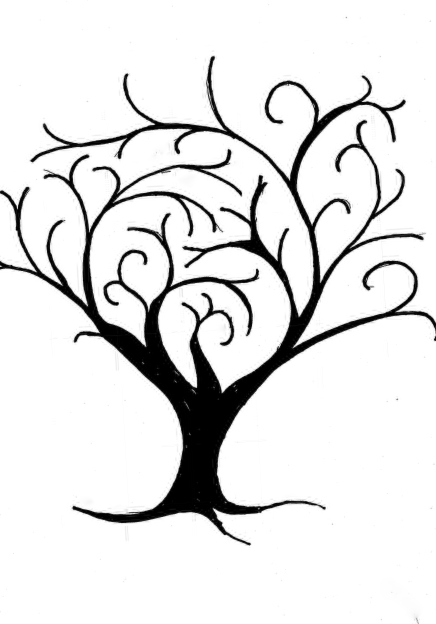I once participated in an egg toss with my son Eliot, at a company picnic. Our egg, despite being dropped on the grass several times, miraculously survived the game intact. I kept the prized egg safe and brought it home to cook.
Breaking the shell revealed the yoke and white, pre-scrambled. Despite its un-marred appearance, the soft interior could not survive the many shocks to its delicate membranes.
****
“Isn’t this fun?”
That is the last thing I said to my sister on our first toboggan ride down ‘Suicide Hill’, before we wiped out.
When we hit the dip, I went airborne and landed spread-eagled on my face. I slid a few feet but didn’t move. Witnesses thought I was dead.
So much for pratfalls.
My sister also went airborne but landed on her tail bone. That must have hurt. I didn’t hear about her until after I regained consciousness.
Luckily, I didn’t break my neck. They rolled me onto the toboggan and pulled it to the chalet at Wirth Park in Minneapolis.
I woke up blind. I was in shock. Violent convulsions wracked my body until long after my stomach was empty.
Between convulsions, a paramedic asked me questions. He ran his finger nail up the sole of my foot to determine if I had sensations in my extremities. Which foot did I feel? Could I clench my right fist? My left? He passed a flashlight beam over my eyes.
I felt someone’s cool hand on my forehead.
I began to sense dim light. My sight slowly returned.
My parents couldn’t be located. Without their authority, and insurance information, we had nowhere to go. Neighbors were there for us. Cell phones didn’t exist.
My folks arrived and took us to the hospital. I had stabilized by then. It was cold and dark.
In the emergency room, a doctor glanced at me as he walked by. “Oh no. We can’t have this.” He came up to me, smiled, and popped my nose back straight. I never saw him again.
Keeping me alive had been the priority. That my broken nose drew attention meant the immediate crisis was past. Good to know I wouldn’t spend the rest of my life looking like a Picasso portrait.
I spent the night hospitalized, but with little rest. The nurses woke me every half hour to take my blood pressure ensuring I hadn’t hemorrhaged. They ignored my demands to let me sleep. I never got to thank them.
My recovery was slow. A TV was set up in my room but I couldn’t stand the frenetic pace and shrill cheerfulness pouring from the screen.
A friend brought over some comedy albums to listen to, Bob Newhart and Vaughn Meader’s “First Family”. Though I knew the material, it now was a jumble of voices punctuated by raucous laughter.
Even ‘soothing’ music was too intense for me. Watching snow fall was about all I could handle, if the sound was turned down.
Movies and TV dramas portray a concussion as of little more consequence than a hang nail.
The hero falls off a cliff. He gets up, dusts himself off and declares with slightly crossed eyes, “I’m okay. Just a concussion…” He then returns to juggling, or playing drums, hardly missing a beat.
My experience was substantially different.
I had time to think, but an orderly thought process was an unfamiliar concept. My scrambled brain wasn’t even producing white noise.
After a week of my staring into space, my mother asked my siblings to play Hearts with me. The game had basic rules, required moderate manual dexterity, and provided simple memory exercise. It was the perfect game to focus my brain again.
I missed two full weeks of school and didn’t feel 100% after that.
Ideally, I think that trauma begets intelligence. With adversity, one develops strategies, abilities and perspective with which to deal with life.
We learn from our mistakes.
Or not.
I tried to learn from my older brothers’ mistakes. But very occasionally I came up with some doozy that they never would.
I have run off enough cliffs and into enough walls to know I lack Wiley Coyote’s resilience.
I now prefer steep learning curves to steep hills.
However, exercising judicious caution, one must not forfeit the liberty to take on risk. You cannot avoid risk. You must manage it.
When falling, whether to the left or right is ultimately a meaningless question. The goal is staying balanced on the wire.
Life threatening mistakes push the envelope too far, too fast. And there is always the risk of never applying those ‘invaluable life lessons’, because the clock stopped ticking.
It took a long time to recover from that concussion. Some people think I never did. Suffice to say, I was never quite the same.
Is anyone?



